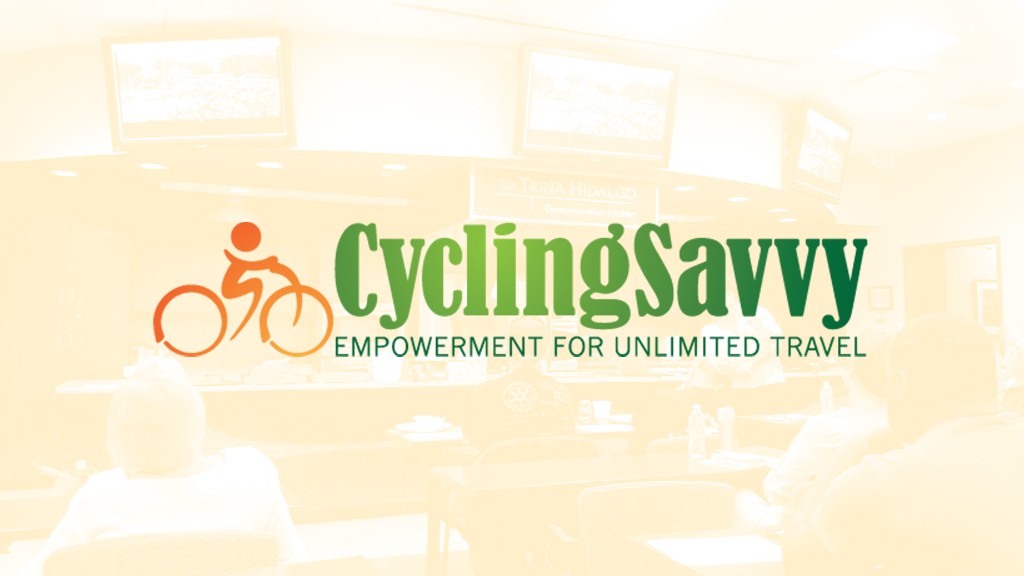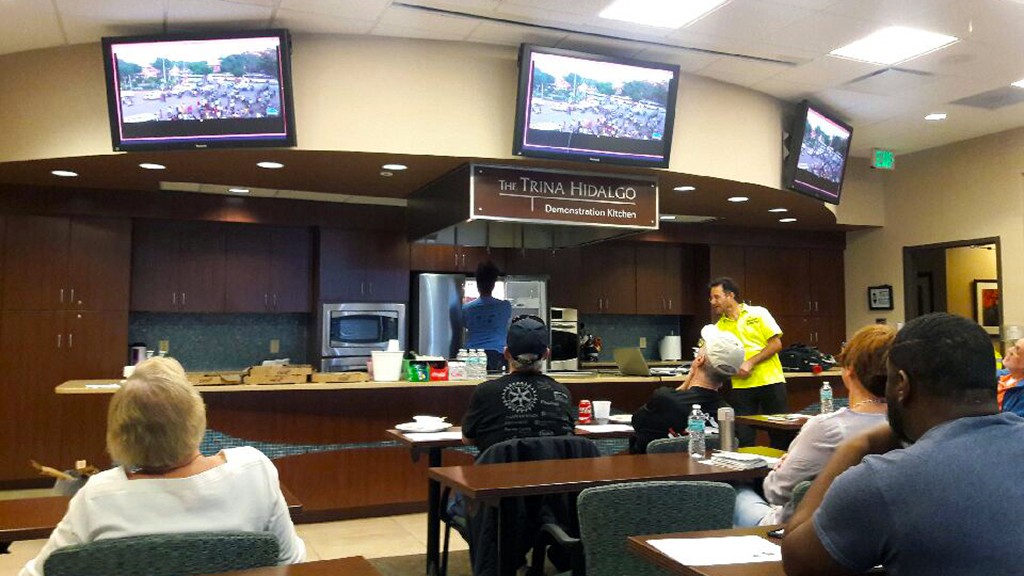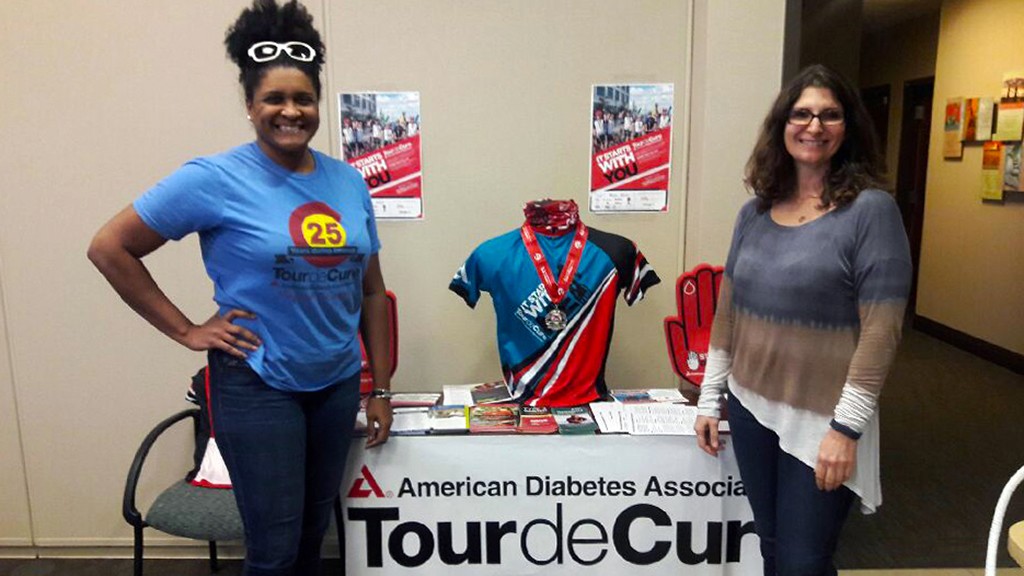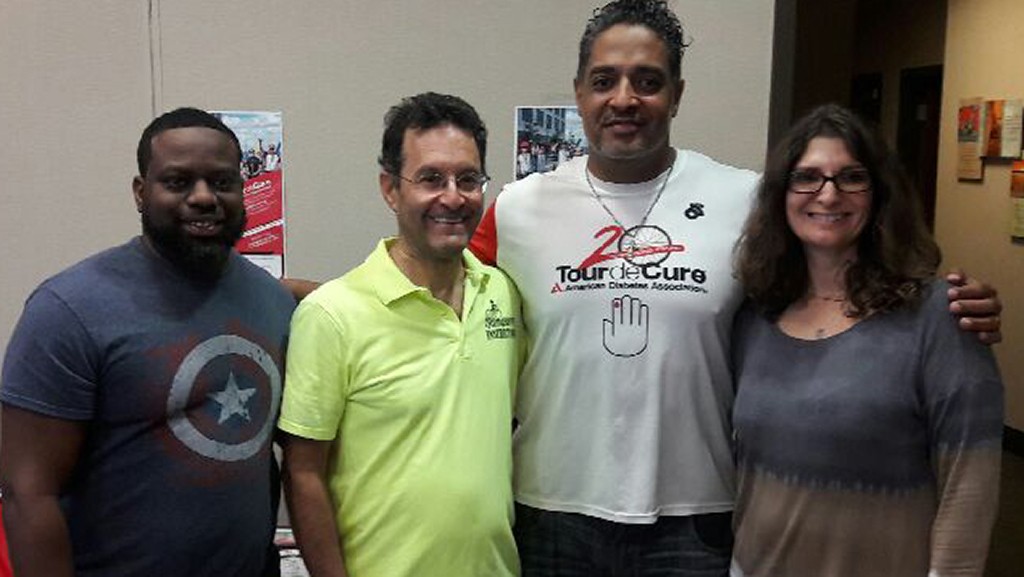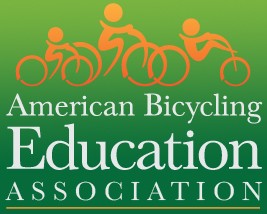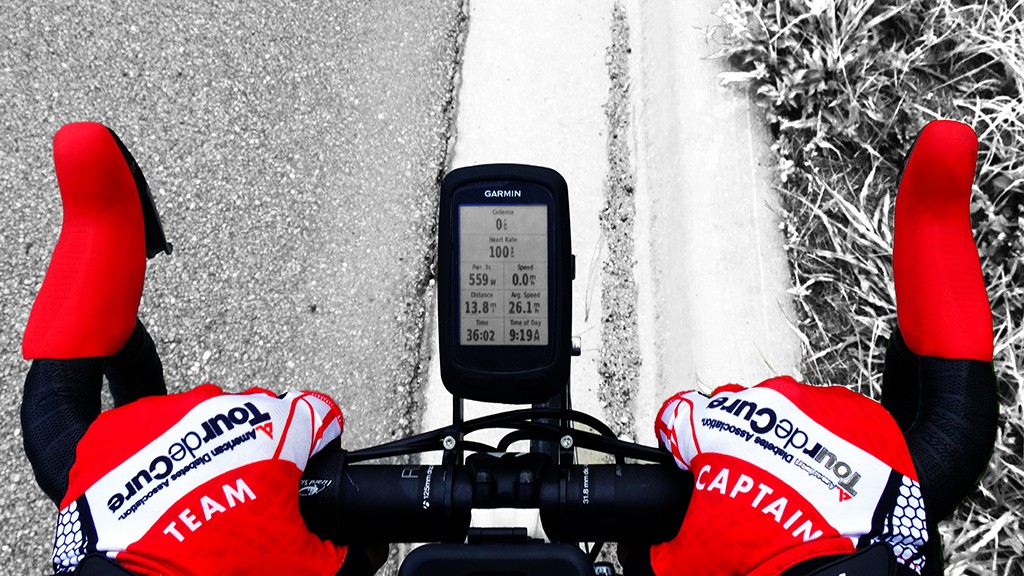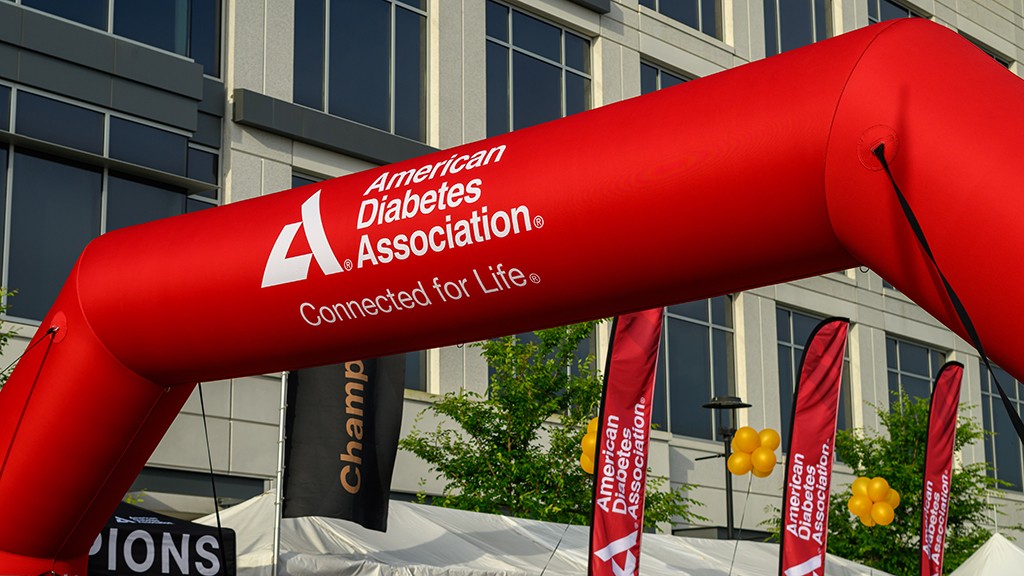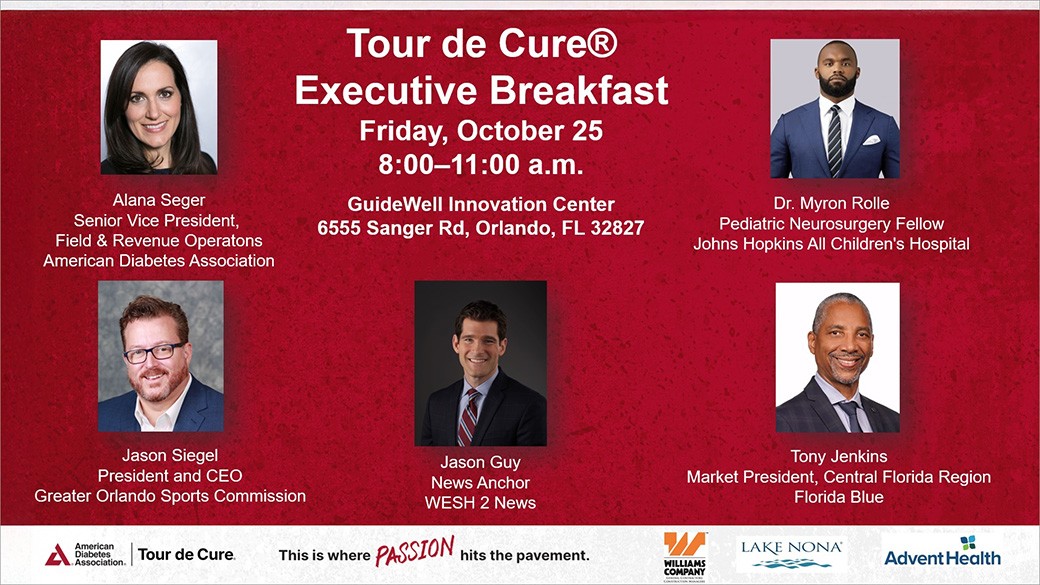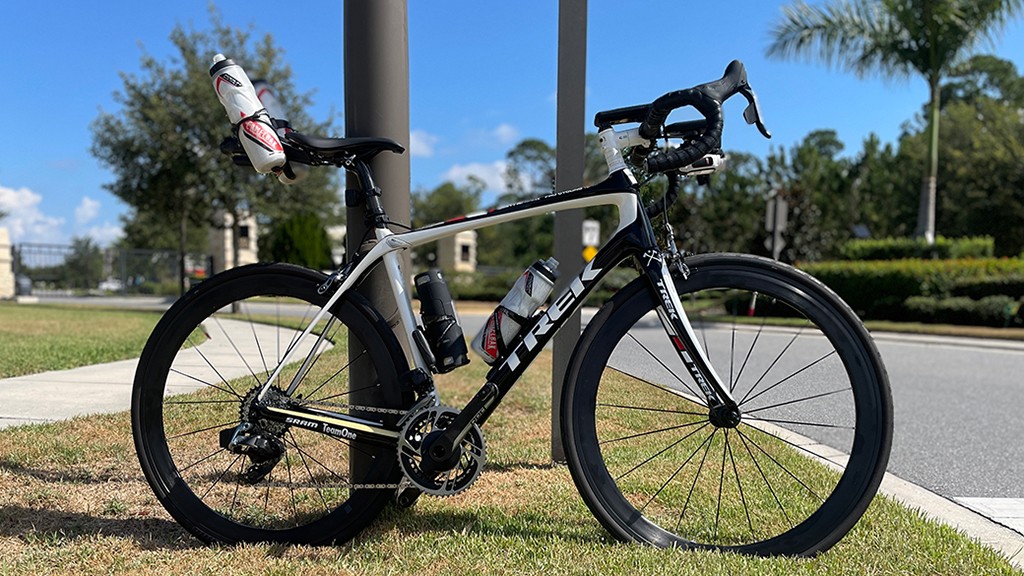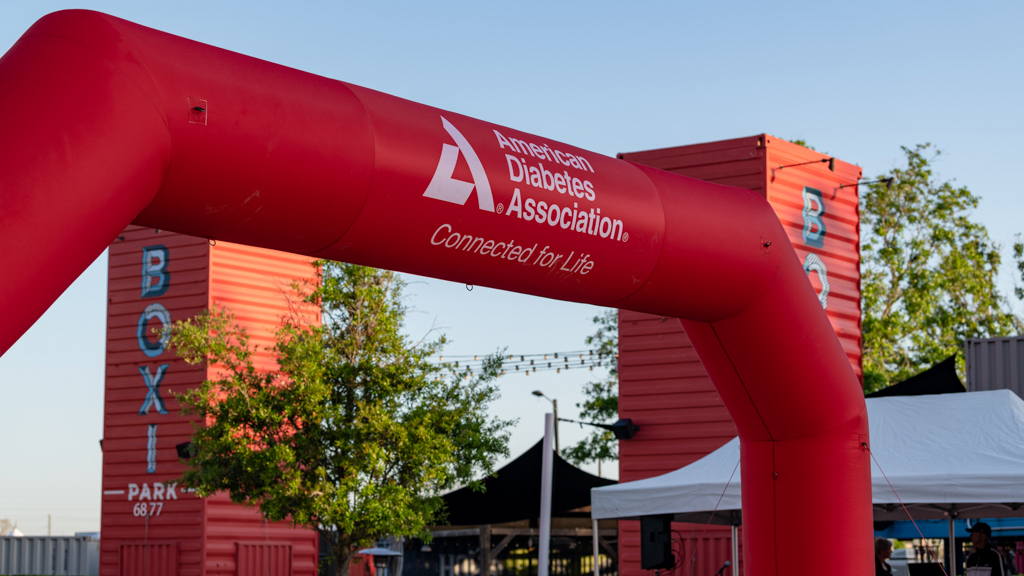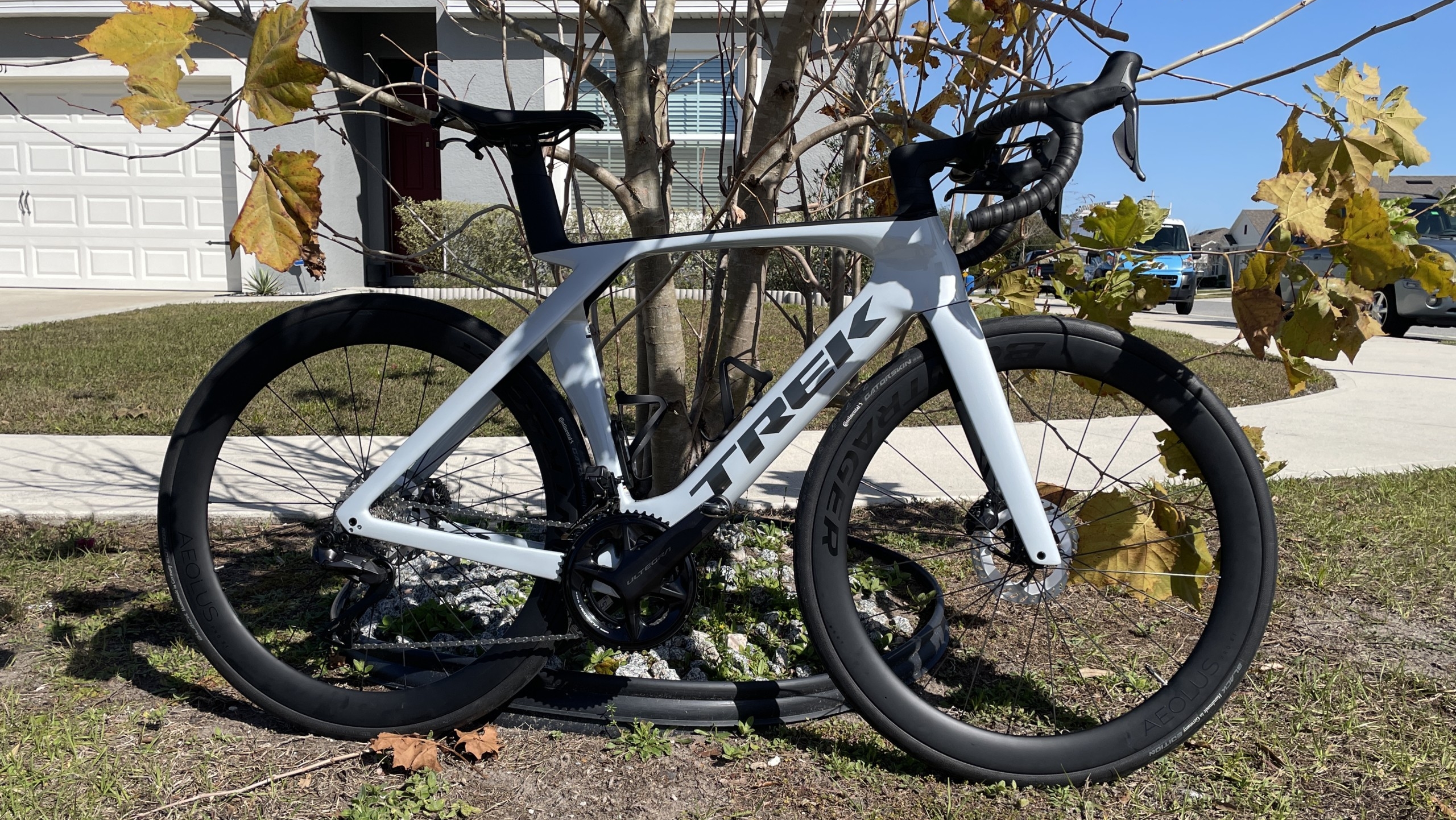This year, in preparation for the ADA Tour de Cure, the 2017 Tour de Lake Nona team partnered with CyclingSavvy to offer a safety workshop for registered Tour de Cure participants. I attended in anticipation of learning something new from CyclingSavvy’s instructor, Lee Sisselsky. I was not disappointed.
The session was the first in a series of 3. Participants have the opportunity to take the 2 follow-on sessions as well.
The day opened with a plentiful lunch (hungry students get distracted) of pizza, salad, and drinks. There was time to sign in, get to meet each other, and enjoy a little conversation before the workshop started.
The workshop got off to a great start with an opening video. Lee gave a history of the US traffic system. Not one for history myself, I found the facts he presented interesting. The start of the US traffic system is based on simple, predictable, and cooperative behavior before motor vehicles were common. He covered some information about Florida Bicycle Regulations: 316.2065. This overview included things like bicyclists are drivers, and bicycles are considered vehicles. Bicycles must have a fixed seat, brake, and night operation includes having a white front light, a red rear light, and a red rear reflector. This seems like common-sense things, but how many times have you been driving at night and see someone riding a bike without lights?
The workshop covered how to make safe turns, including signaling, what to watch for, and strategies for making riding as safe as possible. “Drafting” is something many cyclists do to take advantage of windbreak in a group. We learned that there should be at least a 1/2 tire width diameter between your front tire and the bike in front of you, and pay attention to the person in front of you. Turning was also covered. Something as simple as looking over your shoulder to check traffic is actually a way to communicate with drivers. Then there was something called “dooring”. Lee covered where to be on the road to stay safe from a potential door opening right into the bike lane.
This wasn’t a straight lecture format. We enjoyed an interactive workshop that also had videos that were short and well-placed in the material covered as well as animated graphics so the students could really make the connection with what being explained and how it looks visually. Participants were invited to ask questions and there was definitely interactive conversation as we went through the material. This approach was especially useful when it came to the part of understanding how trucks, especially large tractor trailers, turn and move.
Lee also shared some tips on planning your route using Google Maps. He demonstrated how you can show bike trails, streets, and a satellite view. Even though it may seem like something most people would know, learning how to use this map was a key point in planning a strategy for safe riding.
The 3-hour workshop proved to be a great investment of my time. So much information was covered in the workshop – way too much to cover here. You can check it out at: http://cyclingsavvy.org/about/Safety is a great investment of time for every cyclist! I can’t wait to learn more tips.
Regards,
Diana | TeamOne

